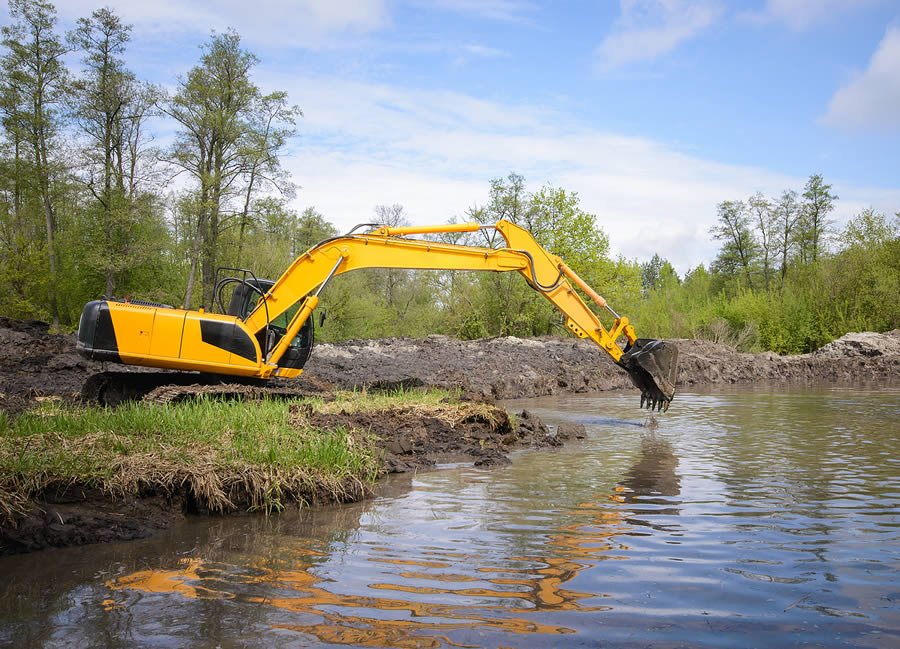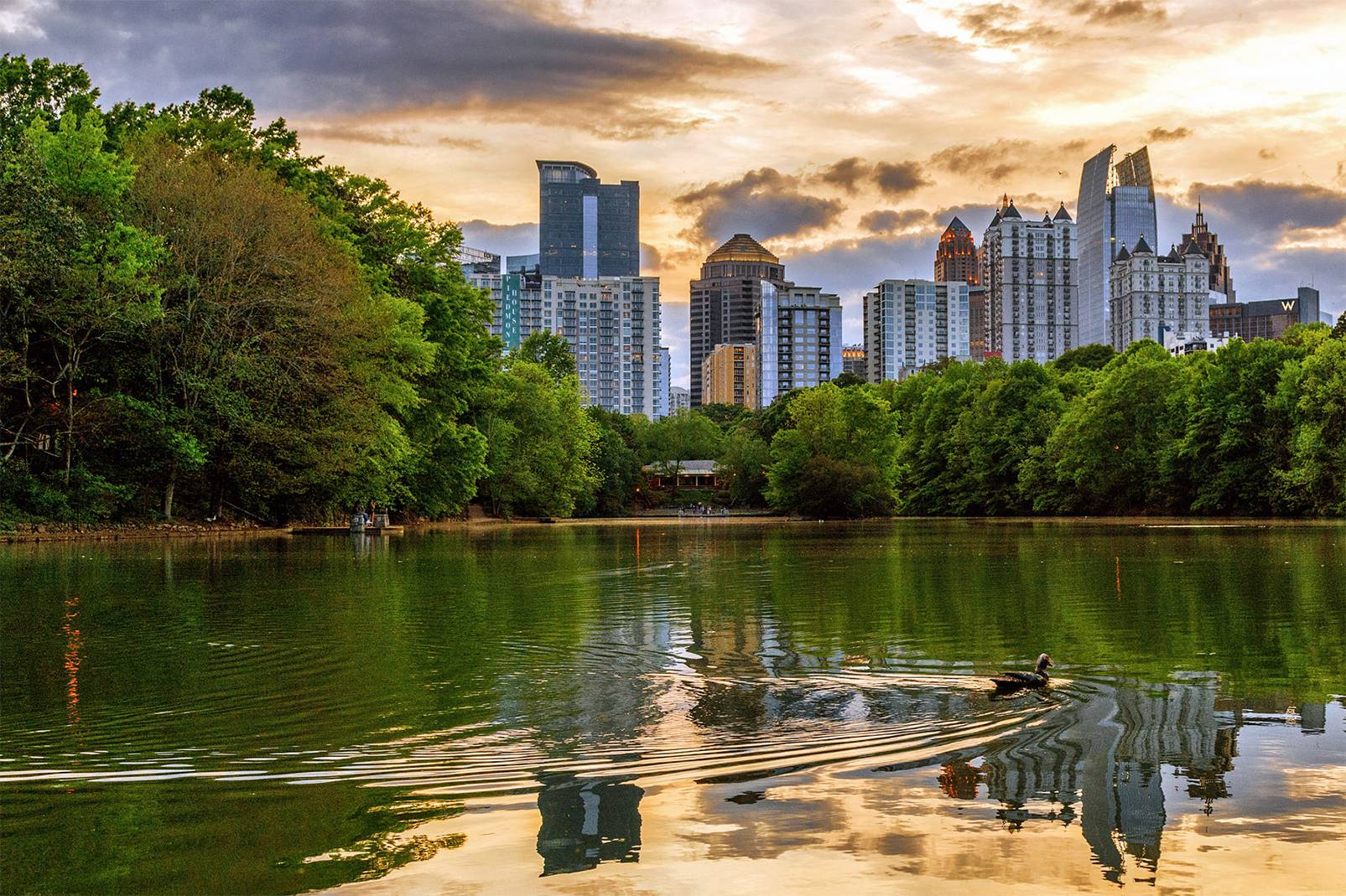
Dredging is the removal of accumulated sediment and debris from the bottom of a lake or pond. This process is done using equipment like hydraulic dredges, excavators, and pumps. Dredging aims at improving water quality, habitat restoration, and increasing pond capacity.
In this guide, Aquatic Restoration helps you understand what the dredging process involves, the benefits it provides, and how it’s done. Remember, lake dredging is a complicated process that requires advanced tools and adherence to safety protocols. It’s advisable to hire a professional lake management service that has built a solid reputation in the industry.
Dredging removes accumulated sediments rich in pollutants, excess nutrients, and decaying organic matter. This reduces turbidity, minimizes algal blooms, and restores healthy oxygen levels.
Dredging clears accumulated sediment to restore the original depth and volume of ponds. It increases water storage capacity, mitigates drought impacts, and improves flood control.
Removing accumulated sediment restores natural bottom contours and creates diverse environments for fish, invertebrates, and plants. It revives spawning grounds, encourages the growth of beneficial aquatic vegetation, and supports biodiversity. Restored habitats improve water clarity, promote healthy ecosystems, and enhance recreational fishing and wildlife viewing.

Lake dredging increases the water-holding capacity of ponds and lakes. The water channels can effectively convey stormwater, preventing overflows and protecting surrounding properties. Enhanced capacity provides a buffer against sudden water surges.
In addition, dredging slows the natural aging process of water bodies by removing sediment accumulation. Regular pond management in Atlanta, GA prevents excessive nutrient buildup and maintains ecological balance.
The dredging process, while varying based on project specifics, involves these key steps:
The experts begin the process by surveying the water body to determine sediment depth, composition, and potential contaminants. After that, they develop a detailed dredging plan that includes the equipment to use and disposal strategies.
The second step is to select the appropriate dredging equipment based on the project's size and conditions. This may include hydraulic dredges, mechanical dredges, or specialized equipment for specific sediment types.
The selected dredge removes sediment from the water body. Hydraulic dredges use suction to pump sediment through pipelines, while mechanical dredges use buckets or grabs.
The dredged material is transported to a designated disposal area. This may involve pipelines, barges, or trucks.
The dredged material can be disposed of in approved landfills or confined disposal facilities. Alternatively, it can be used beneficially for land reclamation, beach nourishment, or other applications.
After dredging is completed, the site is restored to its original condition or to a desired state. Ongoing monitoring may be conducted to assess the effectiveness of the dredging project and ensure environmental compliance.
Signs You Need To Schedule Dredging Service
If you’re looking for a dependable pond management company offering dredging services, look no further than Aquatic Restoration. With years of industry experience, we have established ourselves as the go-to company for professional dredging services. Our technicians have years of experience under their belts and are equipped with top-of-the-line equipment to do an excellent job. We’ve completed over 1300+ projects in the areas we serve, and our customers have left 5-star reviews for work well done.
If you own a pond or lake, you know that proactive maintenance is an integral part of keeping the…
If you’ve ever walked outside and noticed your lake suddenly turn a murky shade of green, you’re not alone. Many…
Lakes are vital ecosystems that support wildlife, protect water quality, and enhance the quality of life for surrounding communities. Whether…
If you’re reading this, there’s a good chance you’re sick and tired of dealing with aquatic weeds that never…
Lake management is an integral part of keeping lakes healthy, functional, and beautiful for generations to come. Not only…